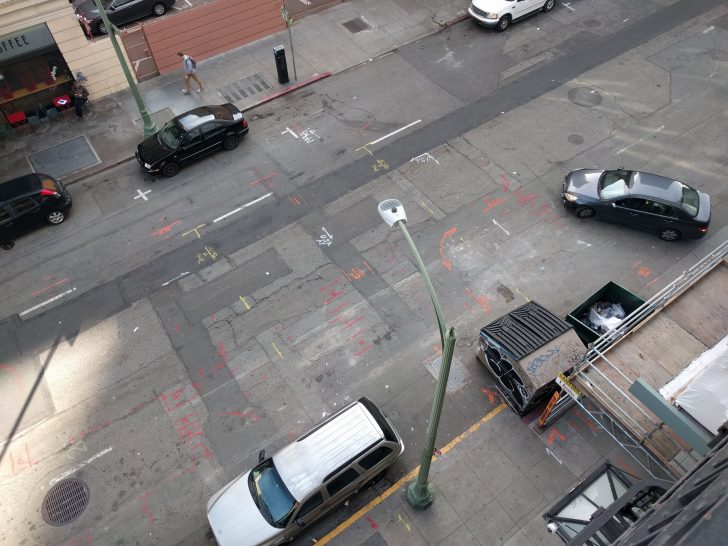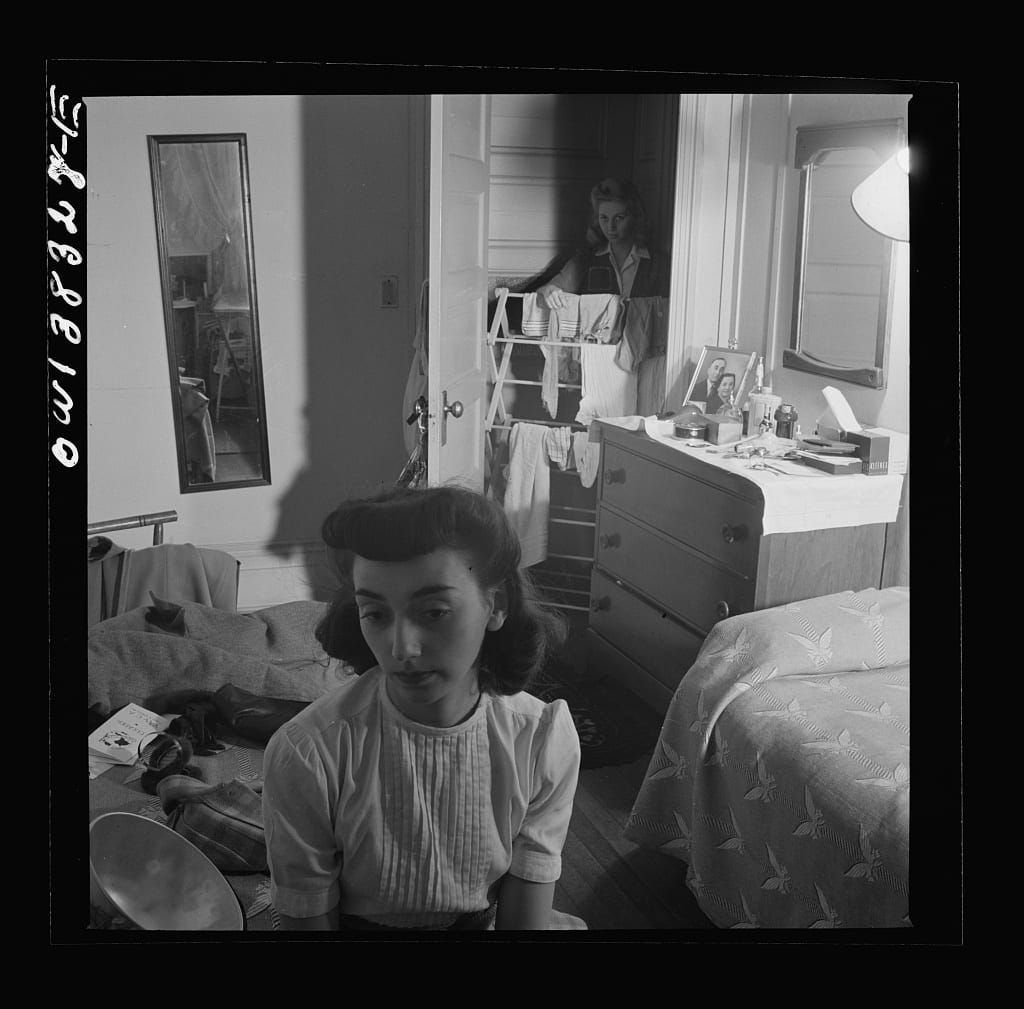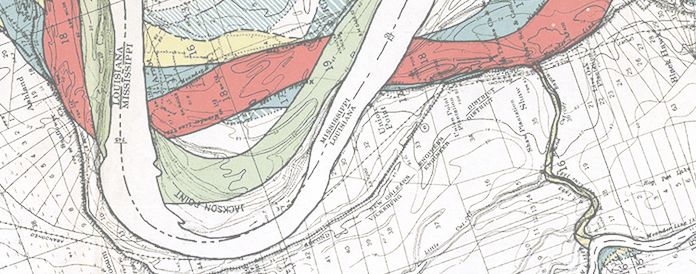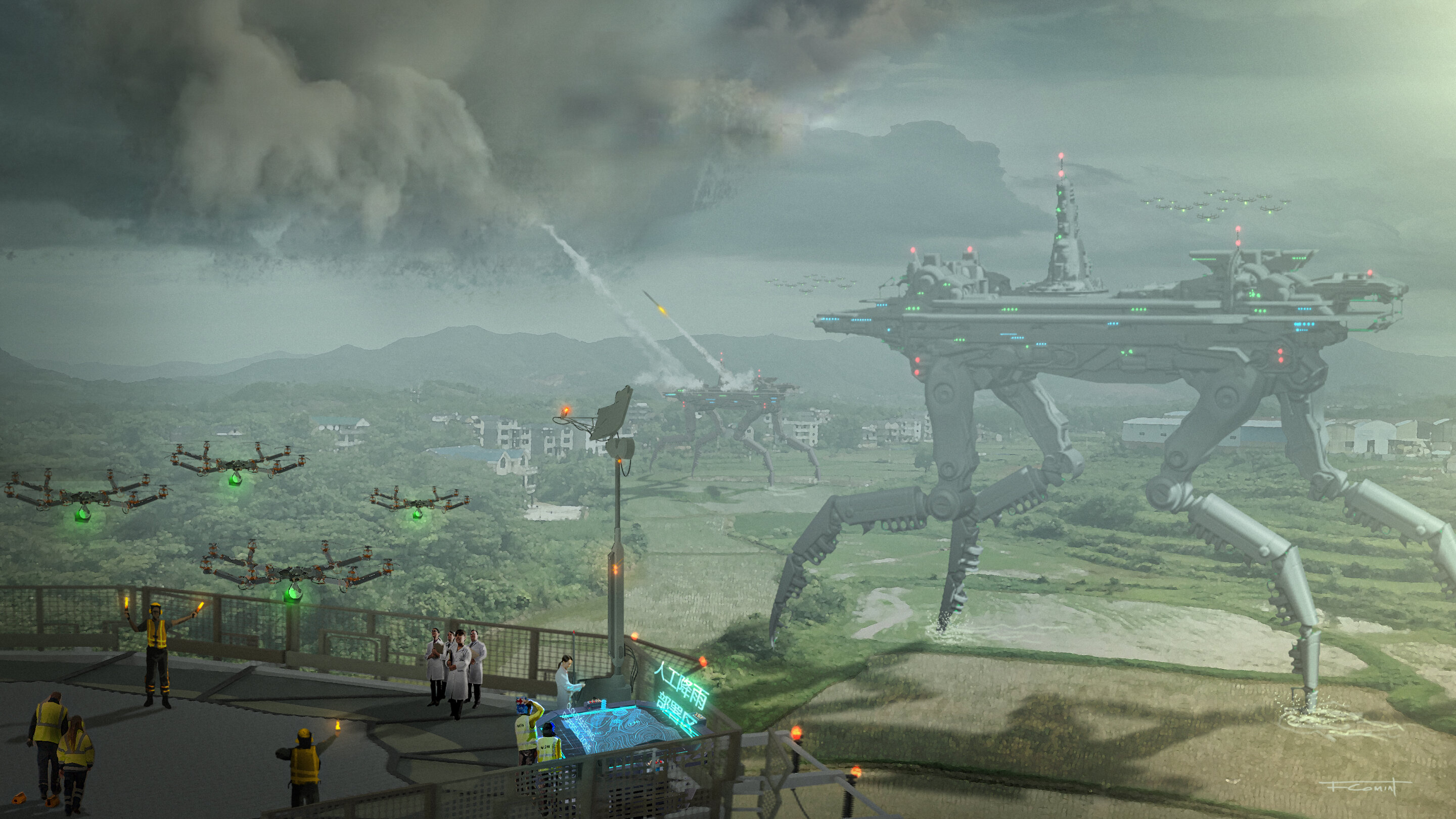
Colorful Language: Decoding Utility Markings Spray-Painted on City Streets
In 1976, construction workers accidentally cut into a petroleum pipeline running under the streets of Culver City, California, resulting in a fatal explosion that essentially leveled half of a city block. It wasn’t the first or last accident of its kind, but it helped catalyze the systemization of critical color-coded utility markings — mysterious-looking tags that look like nonsense or a secret code until you start to decipher them.
On that fateful June 15th, workers were excavating Venice Boulevard to widen the road when disaster struck. Pressurized gas from a ruptured line ignited into a fireball and smoke rose hundreds of feet into the air. Flames engulfed businesses and apartment buildings along the block, killing and injuring dozens of people. Three months later, the state created the DigAlert system for contractors and citizens to contact when planning a subterranean dig to help avoid future disasters.
Keeping track of work areas and what’s underground can be tricky, so organizations like DigAlert mandate the use of white (paint, chalk, flour or flags) to mark off construction zones, plus Uniform Color Codes developed by the American Public Works Association (APWA) for the temporary marking of underground utilities. These “safety colors” were formalized by the American Standards Institute (ANSI) as Safety Color Code Z535.
/cloudfront-us-east-2.images.arcpublishing.com/reuters/FCRTJPEXSJKP7P4ZP3SKI3FYE4.jpg)






















